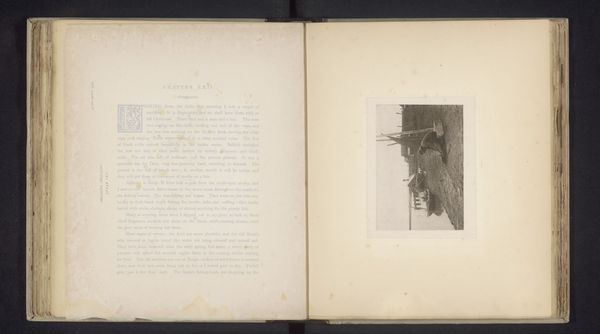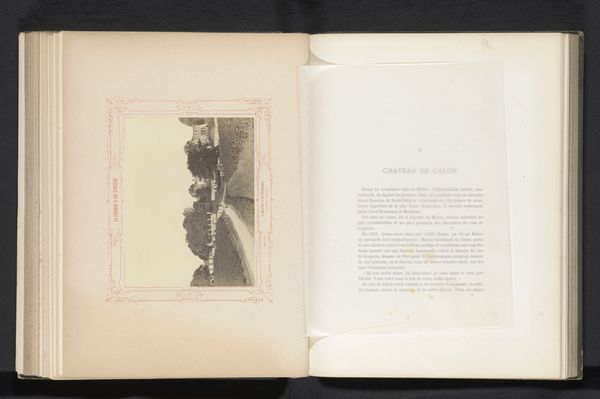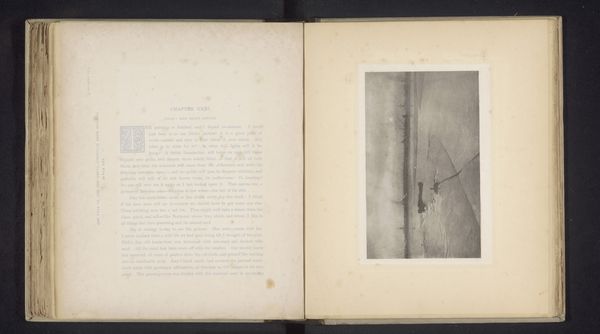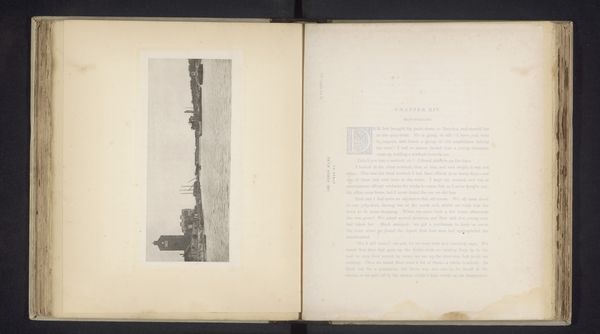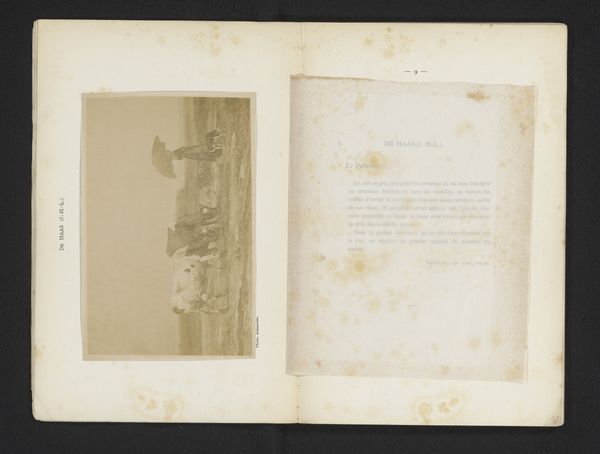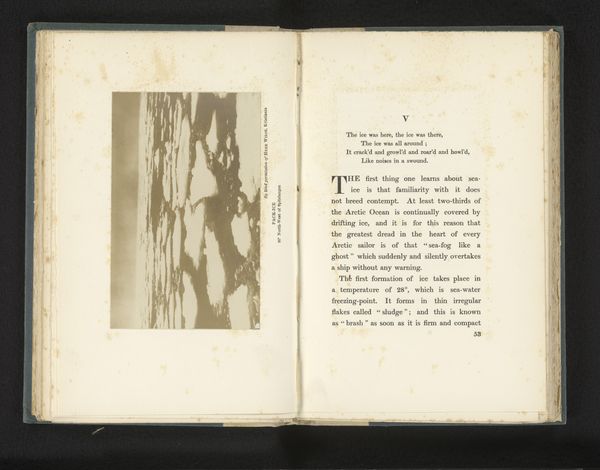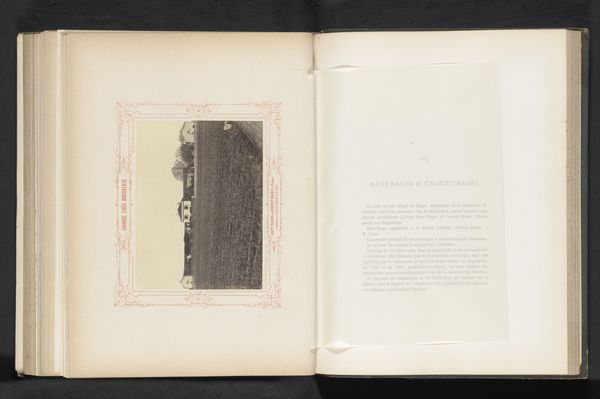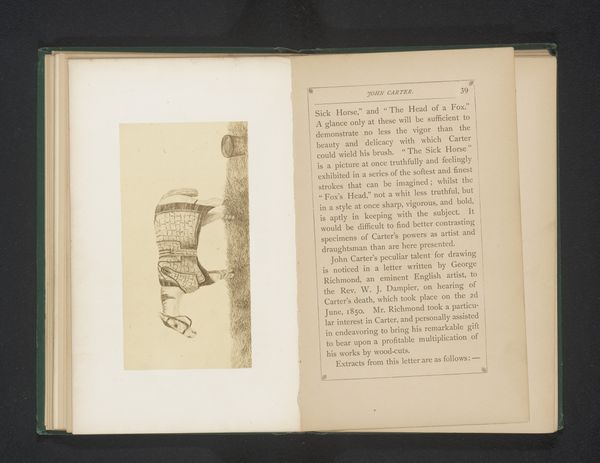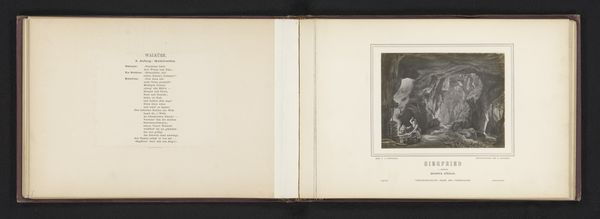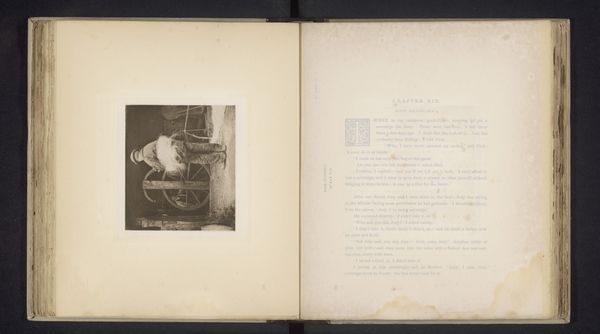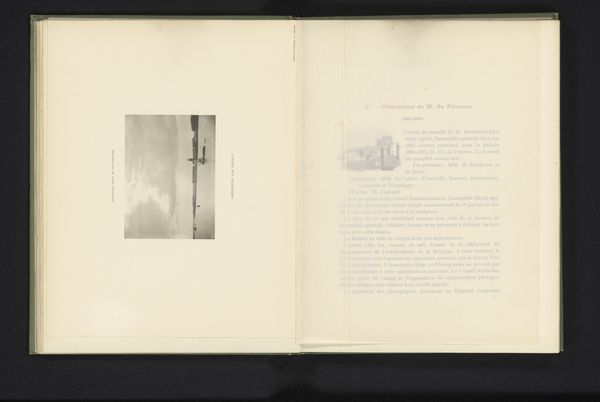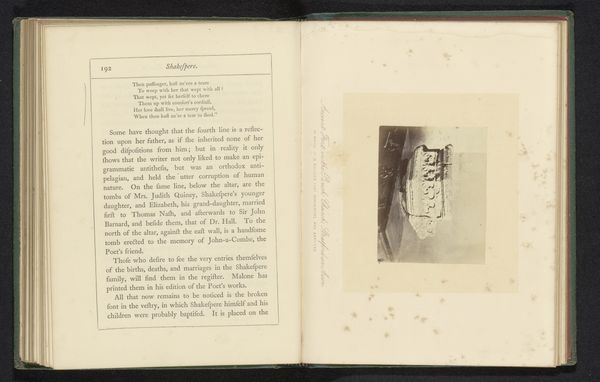
print, photography, gelatin-silver-print
#
pictorialism
# print
#
landscape
#
photography
#
gelatin-silver-print
Dimensions: height 74 mm, width 178 mm
Copyright: Rijks Museum: Open Domain
Editor: Here we have Peter Henry Emerson's "Landschap met laag water te Breydon," a gelatin-silver print created before 1890. The print has a subdued tone and limited range of grey, it almost appears to me like a monochromatic watercolor, due to the streaking. How might this work be received by the artistic community at the time it was created? Curator: Given that Emerson was a key figure in the Pictorialist movement, it's important to consider how this piece would have fit within that context. Pictorialism sought to elevate photography to the level of fine art, which was actively contested within artistic institutions and society at large at the time. Do you notice anything in the composition or printing technique that speaks to this ambition? Editor: Well, I think the atmospheric quality and soft focus maybe tries to emulate painting, so that makes sense. Curator: Exactly! The soft focus, the careful composition emulating landscape painting… these were deliberate choices aimed at challenging the prevailing view that photography was purely a mechanical, objective process. Emerson was arguing for photography as a medium for artistic expression. In addition, there was a strong debate on the photographic process as such. He wanted the photographic to mimic natural eyesight. So we see a conscious choice for an image that is artistic and visually pleasing rather than technically perfect. What are your thoughts now? Editor: Thinking about it as part of the Pictorialist movement really clarifies what Emerson was trying to achieve. It feels much less like a snapshot and more like a carefully constructed statement. I hadn't thought about the public perception that photographic process. Curator: Understanding the artistic debates surrounding photography at the time transforms our understanding of the work itself and the social function of photography. These artistic choices in turn transformed public perception, which transformed societal visual culture as such.
Comments
No comments
Be the first to comment and join the conversation on the ultimate creative platform.
